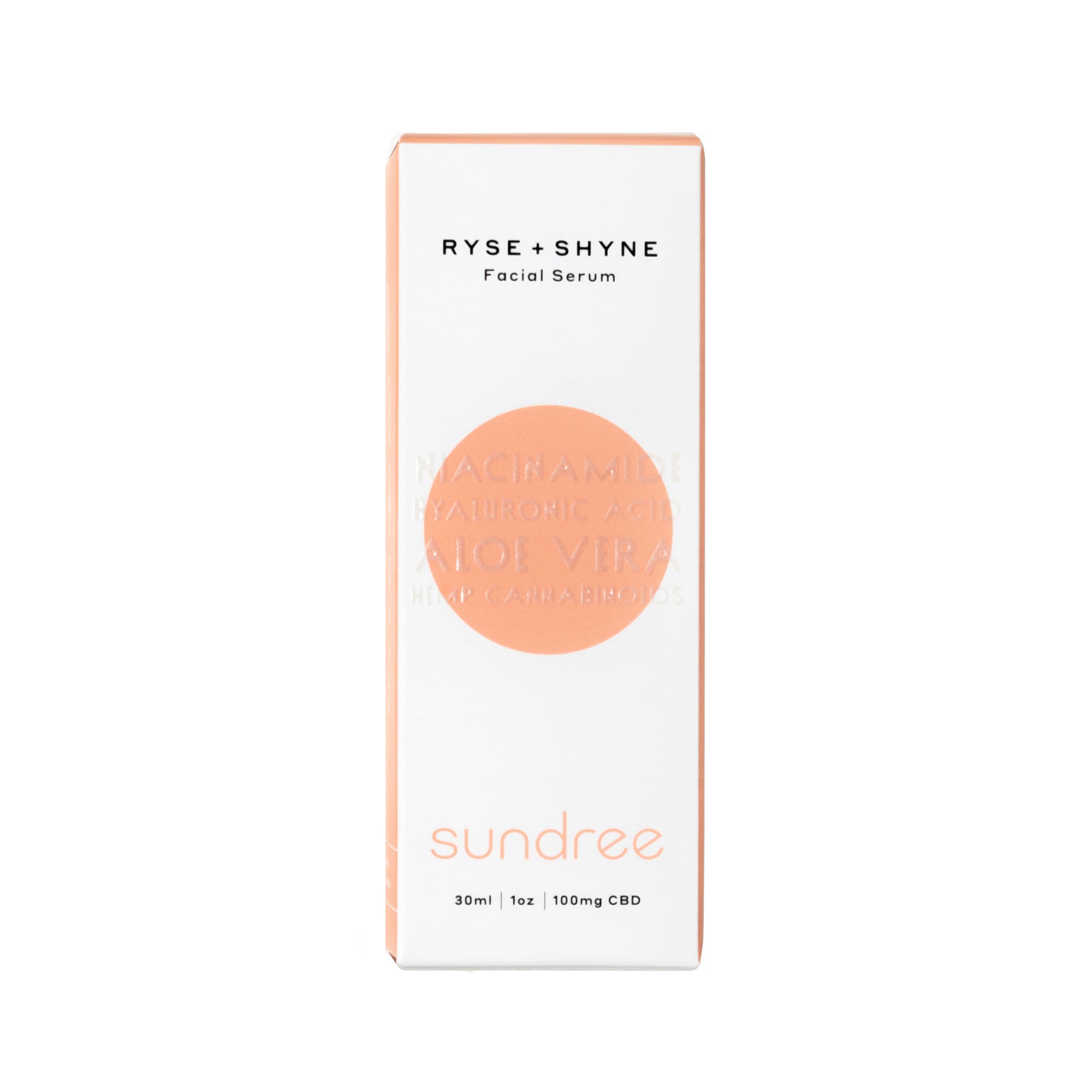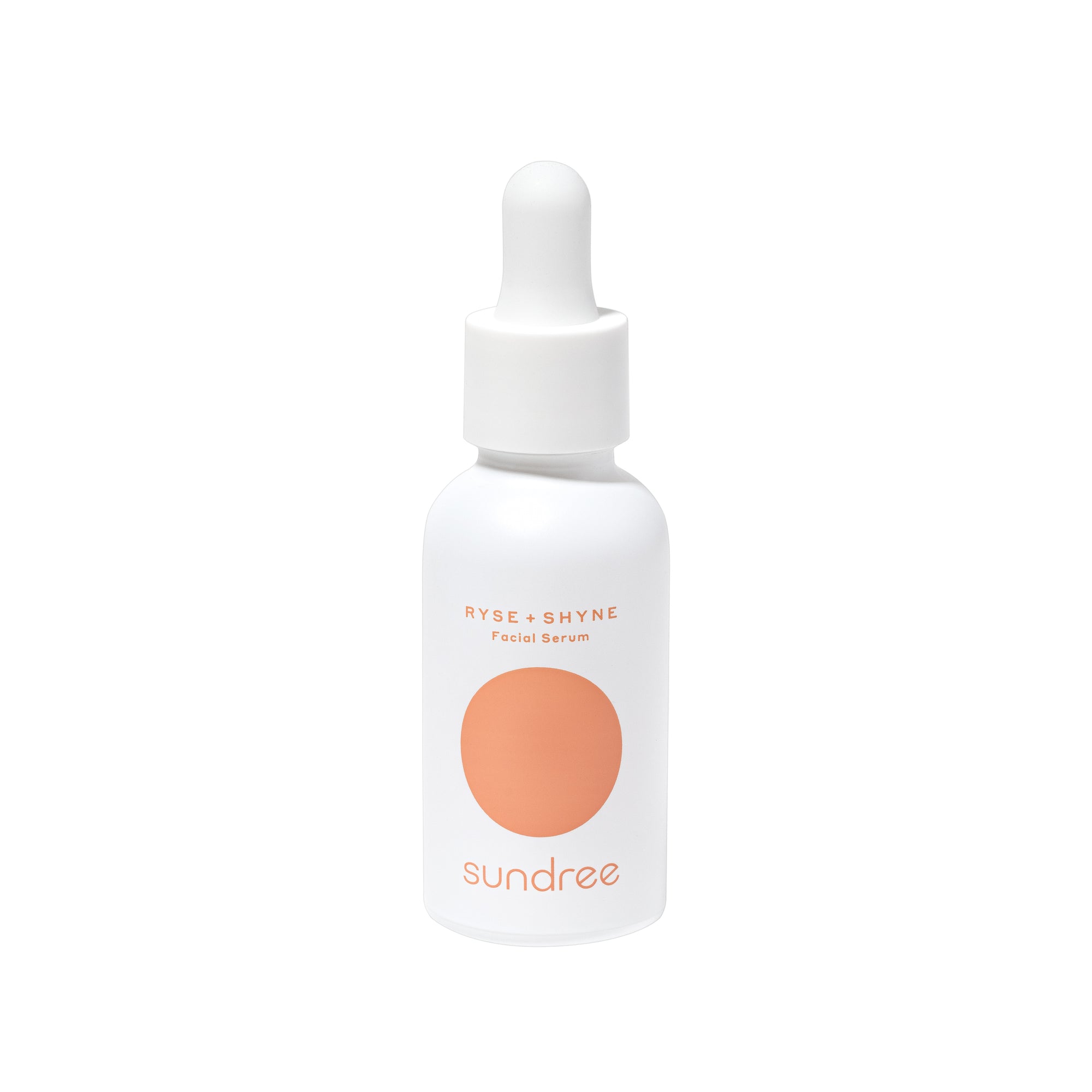The skincare world is abundant in natural acids used for skincare purposes, such as salicylic acid, mandelic acid, and glycolic acid. However, under the radar of skin-savvy acids, there is another name that deserves appreciation and attention as any other acid. We’re referring to kojic acid. This ingredient can answer your pesky skin issues that make your skin look and feel problematic and unhealthy.
You're not alone if you’re unfamiliar with this ingredient and wondering what it is. This guide to kojic acid is compiled to help you better understand what kojic acid is, how it can help your skin, and how you can use it. So, let’s get to it!
What is Kojic Acid?
This naturally-occurring ingredient is obtained from rice and mushrooms (a type of fungus). They are both used as primary natural sources of kojic acid. However, it can also be procured from fermented foods, such as soy sauce, rice wine, and sake. Kojic acid is produced as a by-product after the fermentation of certain foods.
This potent skincare compound is specifically raved for its skin brightening, exfoliating, antioxidant, and repairing benefits.¹ Most of you fighting hyperpigmentation and dark spots might already be familiar with the matchless fading power of kojic acid. Kojic acid products can be used alone or combined with other skin-brightening compounds to reap an even better effect.
Forms and Uses of Kojic Acid
Kojic acid is commonly used in topical skincare products to treat and prevent several skin conditions. However, the most frequent use of kojic acid is as a skin-lightening compound that works specifically well to treat hyperpigmentation and dark spots.
A concentration of one percent or less is usually deemed safe for use by people with different skin types and issues. You can find kojic acid in different skincare formulations, such as creams, facial serums, masks, lotions, cleansers, and toners. When used as a cleanser, it’s recommended to wash it off immediately instead of leaving it on the skin for longer than instructed on the label. Creams and serums with kojic acid are formulated to be left on the skin after application, allowing them to absorb into the skin.
Benefits of Kojic Acid for the Skin
Like most naturally found acids, kojic acid can also do many different things to help your skin. Some of the commonly noticed advantages of incorporating skincare products with kojic acid into your skincare routine include:
- Reduces Hyperpigmentation - Kojic acid is most prominently known for its ability to reduce and treat dark spots and hyperpigmentation. This potent skin-lightening compound works by inhibiting the synthesis of melanin in the skin.² As we know that this pigment is responsible for uneven skin tone and dark spots, adding skincare products with the active form of kojic acid can help eliminate and prevent these skin problems. Regular use of kojic acid can brighten dull and weary skin, bringing back life to it.
- Protects the Skin - Another standout feature of kojic acid is its unmatched antioxidant effect that assists in counteracting the harmful elements that come in contact with the skin daily. Kojic acid shields the skin against damaging pollutants in the air, such as free radicals, microbes, UV rays, toxic gases, and other chemicals. These agents can impair the skin’s protective function and lead to multiple skin issues.
- Calms Inflammation - Other than the powerful brightening effect of kojic acid, it also possesses anti-inflammatory properties. This attribute can be beneficial for acne-prone, sensitive, or dry skin. Since kojic acid is a gentle acid, it can also be used by people with inflammatory skin problems.
- Acts as an Exfoliator - Exfoliation is another one of the secondary properties of kojic acid. Although this compound is usually known for its power to treat dark spots and hyperpigmentation, it also helps to remove dead skin cells. Its exfoliating effect is less prominent than other strong exfoliating acids, like glycolic acid. This AHA works on the outer layer of the skin and gently sloughs away dead cells.
- Prevents Signs of Aging - We all know that oxidative damage is the primary cause of early signs of aging, like wrinkles, fine lines and dark spots. The antioxidant action of kojic acid can prevent this problem by combating oxidative stress.³ This quality makes it an incredible anti-aging compound. Moreover, the exfoliating and brightening effects of kojic acid also help to reduce wrinkles and hyperpigmentation.
Is Kojic Acid Safe for the Skin?
Although kojic acid is a powerful skincare compound, it’s still one of the safest AHAs available in the skincare market. This natural skin-lightening ingredient is less aggressive and irritating than hydroquinone and makes a great alternative to it, particularly for those with sensitive and inflamed skin. In addition, kojic acid doesn’t cause peeling, flaking, and redness like hydroquinone. Therefore, it makes a gentler option for you if you seek a product to reduce dark spots and hyperpigmentation. Furthermore, hydroquinone can cause irritation or damage if used for an extended period or incorrectly.
Potential Risks of Kojic Acid
Naturally-driven kojic acid is generally considered safe for all types of skin and skin concerns. However, there may be certain instances where it can cause irritation or other side effects. It’s primarily used in a concentration of 1 percent or lower in skincare products, which is seen to be safe for the skin. However, some individuals may not find it suitable for their skin.
One of the common skin concerns is contact dermatitis, which can show up in the form of redness, itching, swelling, discomfort, and inflammation on the skin. This adverse effect is likely to occur if you have sensitive skin or use kojic acid in a higher concentration than the recommended 1 percent. Also, prolonged use of this ingredient can make the skin photosensitive, increasing the probability of sun damage and dark spots. Always makes sure to apply sunscreen.
It’s advised to conduct a patch test to see if the product is safe for use on the skin. Avoid applying kojic acid formulas to injured, broken, or bruised skin to prevent aggravation. Lastly, discontinue using kojic acid products if your skin reacts to them and look for alternatives or talk to your skincare specialist.
How to Incorporate Kojic Acid into Your Skincare Routine?
Now that we have discussed the potential benefits and side effects of kojic acid let’s see how to use it in your skincare routine to reap its optimal benefits. Fortunately, there is an unlimited range of kojic acid skincare products. Depending on your preference and skin requirements, you can buy a kojic acid cleanser, facial serum, cream, face mask, lotion, or any other product.
Nonetheless, a facial serum with kojic acid is widely recommended by skincare experts due to its ability to penetrate deeper and faster into the skin. Also, facial serum can be your best bet to use a higher concentration of kojic acid than other formulations.
Kojic acid facial serum and other products can be applied to the skin in the morning or the evening after cleansing the skin thoroughly. When applying in the morning, follow with sunscreen to avoid sunburn and cell damage.
Kojic acid can be used daily or on alternate days, according to your skin’s condition and type. For very sensitive or dry skin, it’s suggested to start with applying every two to three days and then every day after the skin develops tolerance.
Final Thoughts
Kojic acid is an amazing skincare ingredient that can help you achieve even-toned, glowing, and smooth skin without spending much time and money on fancy and invasive in-clinic procedures and devices. Adding this powerful compound into your regular skincare regimen can target and alleviate a myriad of skin issues that can adversely affect your skin's appearance, function, and structure. Because of its wide range of benefits for the skin, kojic acid is among the most in-demand skincare ingredients used in skincare formulations.
Citations:
- Flinn, Allie. (2022). ‘Everything You Need to Know About Using Antioxidants in Your Skincare Routine’, Byrdie. Accessed September 21, 2022. Available at: https://www.byrdie.com/antioxidant-skincare
- Cleveland Clinic. (2022). ‘Melanin’, Cleveland Clinic. Accessed September 21, 2022. Available at: https://my.clevelandclinic.org/health/body/22615-melanin
- Dix, Megan, RN, BSN. (2018). ‘Everything You Should Know About Oxidative Stress’, Healthline, Accessed September 22, 2022. Available at: https://www.healthline.com/health/oxidative-stress













